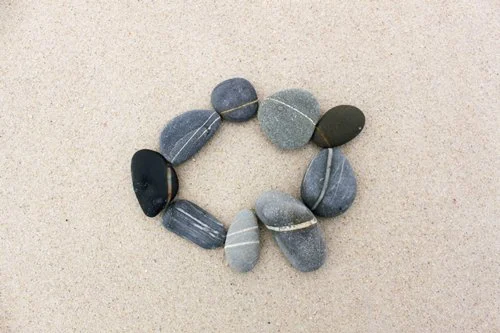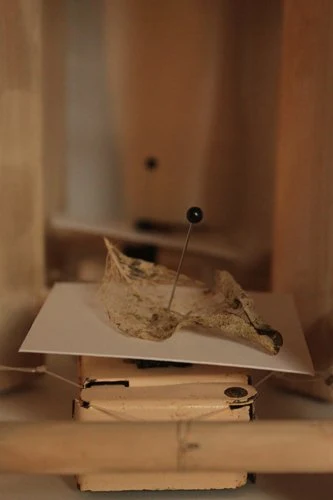I have been quite busy since returning from Grahamstown and Sedgefield. I'm working hard at finding a balance between the things I HAVE to do and the things I WANT to do. I HAVE to make enough money to contribute towards our household costs like food. I WANT to make art, do gardening, dance, play, spend time with the people I love, play with my cat and make more art. I HAVE to do marketing to able to sell my art, to make money from what I love doing. I WANT to find balance between the pressures of making money and purely just doing things for the fun of it, while not being stressed or worried about the money-making project while I'm relaxing or spending time with hubby and kitty.
... and I'm working at it. Sometimes acing it, sometimes struggling a bit. But always keep trying! And amongst this ongoing "reaching out" towards finding balance, "balance" just happens, often when I least expect it. It's not something to attain or achieve. It's something that's already there, you just need to see it, acknowledge it and enjoy it.
Enough rambling for now... some news:
- I have enrolled to the two month performance dance course with iKapa Dance Company, and went for the first class last night. My muscles are screaming at me, and it feels good to be moving again.
- I am organizing myself a studio space at Studio 41 in Cape Town's Fringe District - very excited to have space to work on larger artworks again, and also work close to other artists!
- Arrangements, planning and creation is under way for an exhibition of art by me, Simon Bannister, Stefanie Schoeman, Kai Losgott, Claire Homewood, Nicolle Marais, Danelle Malan and Janet Ranson to be exhibited at the Green Expo at the CTICC in November 2012!
- And the Walk This Earth Alone exhibition, curated by is showing until 26 September. My work exhibited includes "Tread Upon" and "Look Upon", both works created specifically for the exhibition, and also the works below:
Collection of photo-documentation of Land Art: 2006 - 2012
Booklet of 130 x 130 mm
|
 |
Photo Blocks as part of the Meander & Human series, to the left between paintings by another artist, and two prints from my Nuances series on the right - Nuanced Landscape and Memory of This |














































